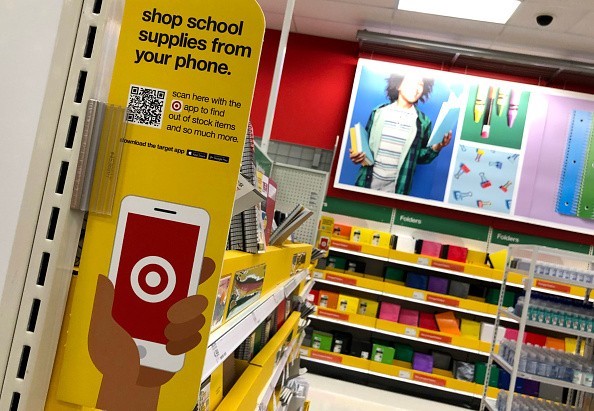The Vital Role of Online Grocery Shopping
Online grocery shopping skyrocketed due to people's decision to minimize close interpersonal contact with strangers. All kinds of lockdowns have been influencing our lives for several months since the COVID-19 pandemic started.

In 2007, only 3.9% of Americans did some grocery shopping online, as per OneSpace. The number rose to 14.3% in 2012 and was 23.4% last year.
The proportion of internet users who shop online continue rising along with the people trying online food ordering. These trends mean that by 2025, grocery spending will be more than 10%. Here's what the rise of online grocery shopping means for today's CPG firms, according to OneSpace:
Consumers' behaviors and mindset are different in stores and online. They are prime to browsing all the brands and available offers in grocery shops. A quick glance on every shelf would give every brand to capture consumers' attention. This will allow brands to generate loyalty, encourage switching. And break habitual behavior.
Meanwhile, shoppers are far less likely to browse and look at new products or brands. The majority find trawling through pages of items tedious. An average online food shopper buys 39 items, and their primary motivations are speed and convenience. Consumers are surprisingly not interested in spending much time choosing each brand or product.
When shoppers search for the product, they base their decision on the lowest price that makes online grocery shopping easier to do online than in the store. As retailer owned-labels become competitive, it is hazardous for national brands.
Read also: 5 Ways Promotional Strategy like Discounts Help eCommerce Businesses
Online impacts
Physical grocery stores are also affected by the rise of online shopping. One of the most hard-hit is the traffic and spend in the shop center where commodities like canned goods, laundry detergent, and household products are sold.
Online stores invested more in edge concepts with retailers' response to the trend. Some retailers are shifting to smaller store concepts, which are more focused on takeaway and convenience items.
Criticisms
Online grocery shopping is becoming more popular but indeed has also an increased issue. Although consumers love the convenience, there are many things they criticize when purchasing products online. Among these is the lack of product detail, such as the precise identification of necessary information like ingredients, pack sizes, and nutritional data. Besides, unclear images and inconsistencies in the type and quality of communication among various products were also encountered.
Online grocery sales exceed $8 billion
According to The Produce News, in November, the total online grocery sales in the U.S. posted $8.1 billion as 60.1 million households placed on average 2.8 orders. The pickup and delivery segments garnered 73$ of the online sales amid the month, and active pickup and delivery shoppers allegedly hit a record-high repeat intent rate of 83%.
Since May, the sales trend remained above the $8 billion levels, combined with a consumer mix reflecting the declined share of first-time users.
Read also: 3 Crucial Post-COVID Marketing Strategies That Businesses Must Adopt
Copyright © MoneyTimes.com










